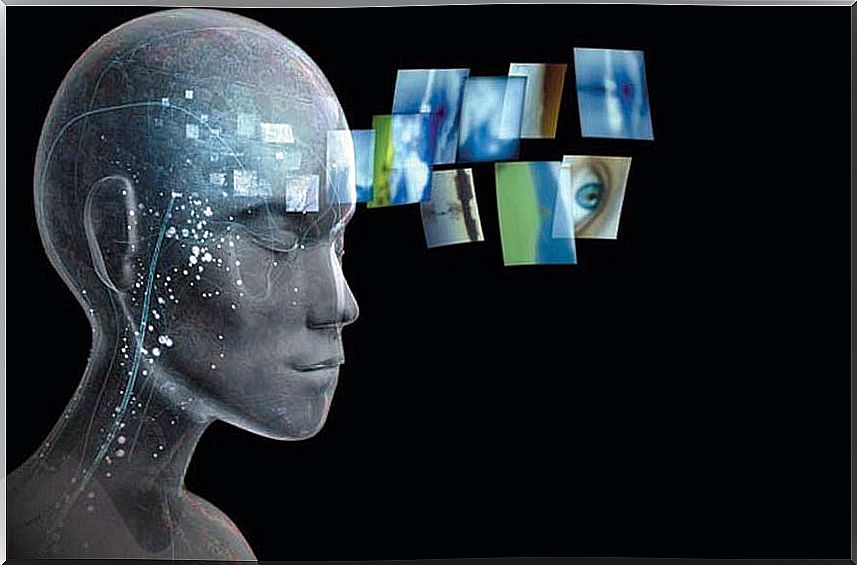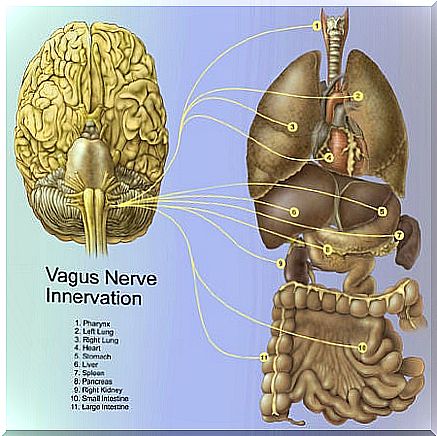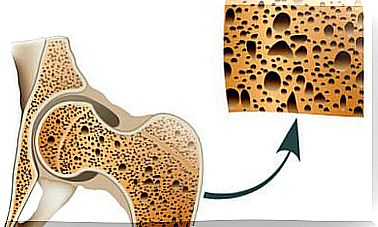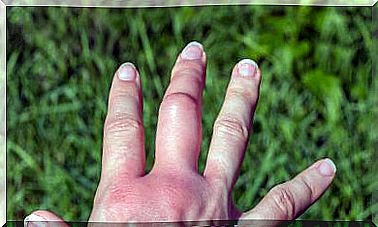Revolutionary Therapy Restores Consciousness To A Man In A Coma
For a person to regain consciousness after several years in a coma is almost always news.
However, what happened very recently in a French hospital has a special component from a scientific point of view that, without a doubt, opens hope to many patients in this same situation.
The event took place at the Pierre Wherteimer Neurological Hospital, in Lyon (France), and we say “developed” because it was by no means spontaneous or accidental.
Our lucky protagonist is 50 years old, and since he was 35 he has remained in a coma after a serious traffic accident that left him in a vegetative state.
A revolutionary therapy
The University of Lyon, together with this same neurological hospital, carried out an interesting experiment based on the simple stimulation of the vagus nerve.
It must be said that it has been a slow process and that today more achievements, more progress are still expected.
Likewise, the patient still has serious sequelae, and his awakening is slow.
However, he already reacts to various stimuli, maintains attention, gazes and turns his head towards each aspect that catches his interest.
It is only the beginning, it is the first phase and the prelude to a breakthrough that will undoubtedly bring astonishing news shortly.
Let’s analyze for the moment what this therapy is based on, which has been developed by a leading medical team led by the researcher from the Institute of Cognitive Sciences Marc Jeannerod.
Regain consciousness after 15 years

If there is something that psychologists and psychiatrists often tell us, it is that nothing is as enigmatic as explaining what consciousness really is.
However, those who have a relative in a vegetative state and in a coma know perfectly well that something like this is like being dead while alive, far from reality.
Vital signs are maintained, but plunged into a distant world where one loses their notion of humanity.
However, it should be remembered that that thread or that neural activity that delimits the unconsciousness of consciousness is often very fragile, and that has been the challenge of many scientists: to bring the sensitive, real and close world to the person who remains in a state vegetative.
The vagus nerve, the key to “awakening”
The work was published in the journal Current Biology just a few days ago, however, the news has already gone around the world.
Scientists, for their part, ask for caution because, at the moment, we only have one patient undergoing this therapy. Therefore, it would be necessary to develop it in more people with different brain damage to assess its true scope.
What is this therapy based on?
- The therapy is based on stimulation of the vagus nerve.
- The treatment as such was based on the application of a small pacemaker in the area of the vagus nerve of the patient.
- We must remember first of all that the vagus nerve connects countless nerves, organs and structures with our brain.
It is like a channel through which infinite functions are connected that this nerve “activates”, drives or conditions towards one type of response or another.
- What the scientists did in this case was also stimulate a specific area that connects to the vagus nerve: the reticular formation.
It is a fascinating structure responsible for regulating, among other things, the states of sleep and wakefulness.

That was the premise from which this team of neurologists started: if they stimulated the vagus nerve, they would bring about a return to consciousness in comatose patients.
good results
The result was slow but effective. The first person on whom this pacemaker has been tested has awakened after 15 years immersed in his world of unconsciousness, far from reality, his environment, his family …
More studies are needed, so, for now, “prudence”
The response of the scientific community in general is to be cautious. The technique of vagus nerve stimulation as such is not new. In fact, it has been practiced for quite some time in epileptic people and also in cases of severe depression.
What is achieved is to “reactivate” the consciousness and the activity of many of our organs, although this activation is slight, very slight; hence it is necessary to continue working on this therapy.
- Likewise, although in the headline of this news it appears in many media and newspapers emphasizing the fact that “a patient in a coma has woken up”, this does not mean that the person is autonomous, nor even less capable of interacting with the environment. .
- The patient is conscious, that is true; he is awake, there is no doubt, but he is still not communicating, nor is there any evidence that he understands what situation he is in.
- The only activity that he has shown so far is limited to his gaze: he attends, looks, observes and seems to have a special interest in having his family read things to him.
There is still much to discover
As we have said, it is very difficult to explain exactly what consciousness is. This undoubtedly has several steps, different degrees, and therefore this patient is still on the first step.
- He lacks some steps to climb until he is fully awake, until he can communicate and connect authentically with his loved ones and with his environment.
Hopefully with time and adequate stimulation he will succeed.
We will be waiting for more news related to vagus nerve therapy in patients in a vegetative state.









